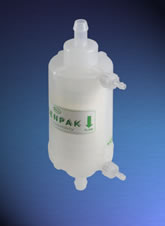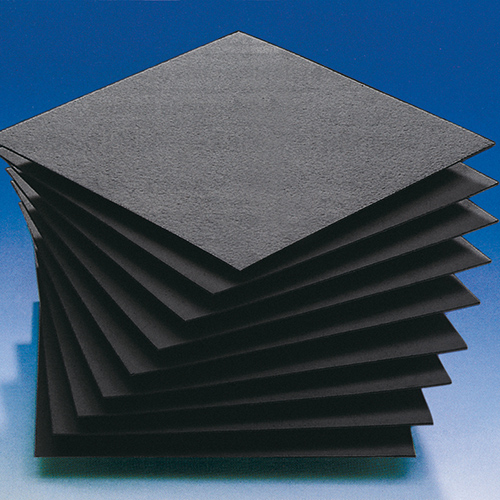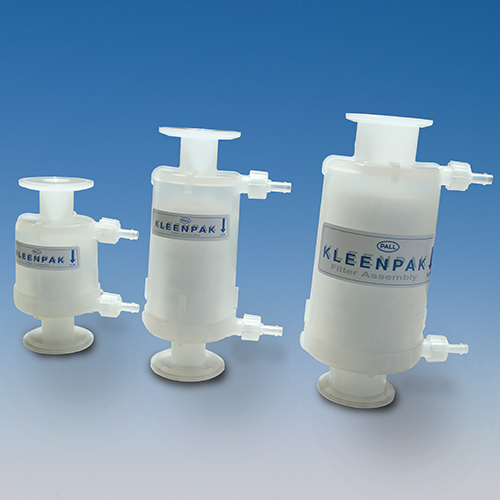Food Contact Compliance
Please refer to the Pall website www.pall.com/foodandbev for a Declaration of Compliance to specific National Legislation and/or Regional Regulatory requirements for food contact use.
Main Constituents
Cellulose, powdered activated carbon
Adsorption Capability
At an optimized flow rate, the probability of contact between the impurities and carbon particles is greater in carbon impregnated sheets. This is due to process fluids more efficiently contacting carbon particles immobilized into a sheet matrix. Because of the depth (thickness) of the sheet, it is possible to consider the structure as being made up of a series of layers containing PAC. Having a depth of PAC and passing the fluid at an optimal flow rate through that depth enables maximum utilization of the carbon.
Macro- and mesopores can generally be regarded as the highways into the carbon particle, and are crucial for adsorption kinetics. Macropores are used for the transport, and adsorption occurs in the meso- and micropores.
Small molecules, such as methylene blue, which has a molecular weight of 319.86 Dalton, are mainly captured in micropores. Typically, over 200 g/m2 methylene blue is adsorbed.
Characterization
| Sheet with Protection Paper |
Mass per Unit Area g/m2 |
Thickness mm |
Ash % |
Water Permeability1 l/m2/min (gal/ft2/min) |
| No |
1250 |
4.5 |
< 1 |
352 (8.63) |
| Yes |
1250 |
4.5 |
< 1 |
189 (4.60) |
These figures have been determined in accordance with in-house test methods and the methods of the Technical / Analytical Work Group within the European Depth Filtration Association.
1 The permeability was measured under test conditions with clean water at 20 °C (68 °F) and a Δp of 1 bar (14.5 psi).
Regeneration
Depending upon the application and the nature of the adsorbed contaminants, AKS series filter sheets may be regenerated by means of rinsing with clean water in the forward direction. However, the achievable regeneration efficiency must be determined by monitoring filtrate quality.
Sterilization and Sanitization
| Method |
Temperature °C (°F) |
Maximum Differential Pressure Bar (psi) |
Time2 Cycle min |
| Steam |
125 (257) |
0.5 (7.2) |
20 |
| Hot Water |
90 (194) |
1 (14.5) |
30 |
2The actual time required may vary as a function of the process conditions.







